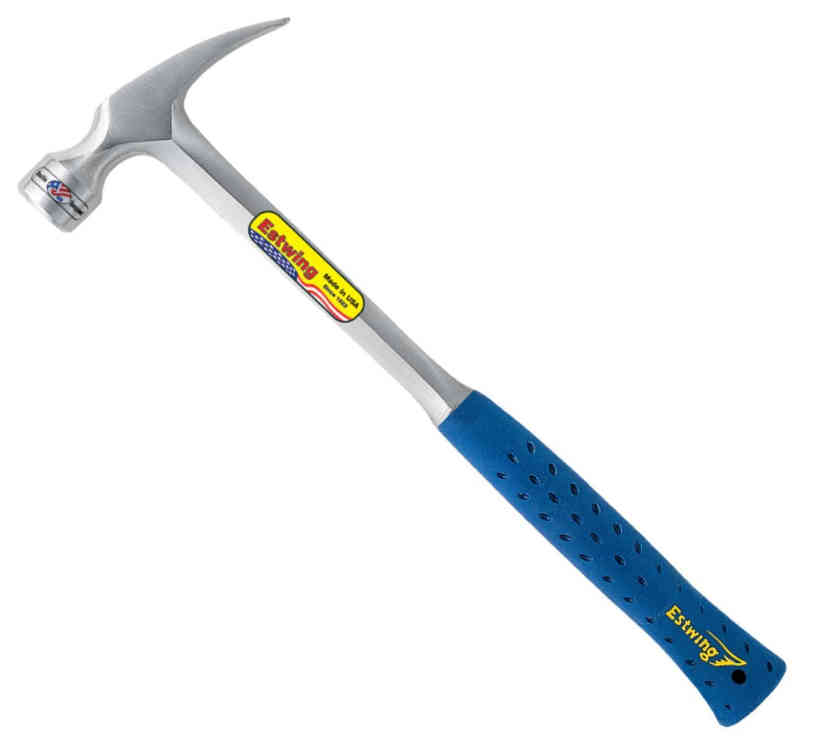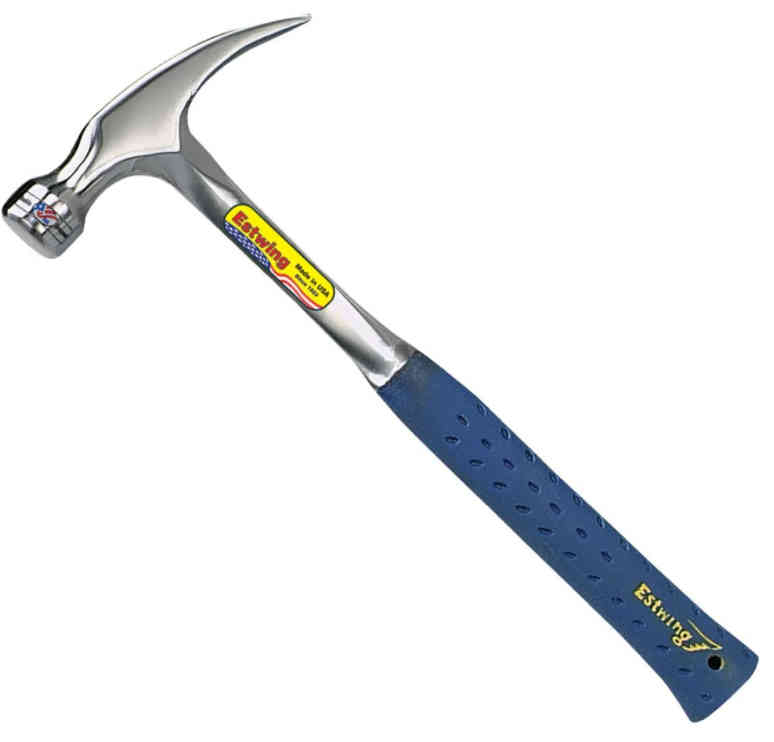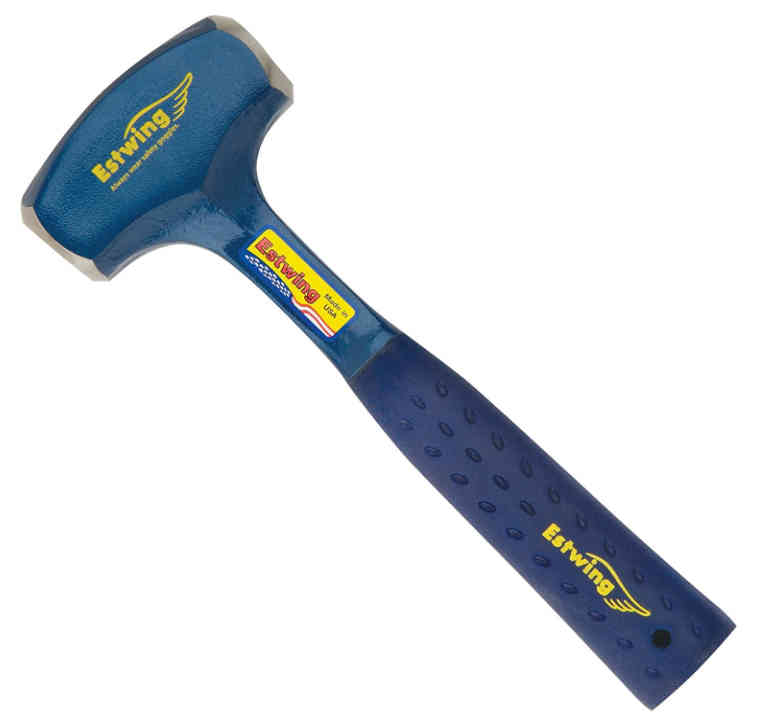Types of Hammers
The types of hammers I have found the most useful for carpentry work are the trim hammer, framing hammer, and sledgehammer. A hammer is probably the first tool a carpenter uses. If you take good care of a quality hammer, it can last a lifetime. For this reason, it is best to purchase the right ones the first time.
Types of Hammers for Framing
There are a few types of framing hammers to consider before you make your purchase. A framing hammer typically has a long handle and generally weighs between 22 and 32 ounces. The extra weight in the heavier range makes them ideal for getting the leverage you need for pulling nails or the power you need to drive a joist or rafter to its layout mark.
Framing hammers have handles of wood, fiberglass, steel, and perhaps other lesser-known materials. They typically have a milled face (sometimes called a "waffled" face) to give the hammer a better grip on the nail head.
This feature also makes it a terrible hammer for trim work. If the hammer slips off of the nail, or your aim is off, the waffled head will make a nasty ding (called "pecker tracks") on your trim work.
I own an Estwing 22-ounce steel handle framing hammer with a waffled face (shown above). I bought it before I learned about the 28-ounce and 32-ounce framing hammers. Today, if I lost my 22-ounce hammer, I might consider the 28-ounce. But the 22-ounce framing hammer has served me well for nearly four decades, so why change?
Trim Hammers
My 20-ounce Estwing hammer has a smooth face that makes a decent finish/trim hammer. Its weight also makes it an excellent decking hammer.
Sledgehammers
I also own a small sledgehammer for knocking framed walls or beams to their layout marks when my framing hammer won't do the trick.
Thoughts on Hammers
Some carpenters I have worked with prefer the 28 - 32-ounce hammers for framing. The size is interesting, but the weight is not practical for my taste. After a long day on the job site, I imagine swinging a 32-ounce hammer can get extremely tiresome.
I owned a couple of wooden-handled framing hammers in my beginner days as a carpenter, but my lack of experience and control was rough on the wooden handles; I kept breaking them.
I've often heard that wooden-handled hammers absorb shock better than their steel-shanked cousins, although I've never noticed the difference. Perhaps it is because the manufacturer of my steel-handled hammer built the shock absorption into the grip.
As with any tool, the bottom line comes down to preference. I have known carpenters who swear by fiberglass-handled hammers - others who enjoy the comfort of hickory-handled hammers - and builders, like me, who prefer the durability of a steel-handled hammer. If you use enough hammers, you will find the one that works the best for you.
**As an Amazon Associate, mycarpentry.com earns revenue from qualified purchases.
What next?
Leave types of hammers and return home.




